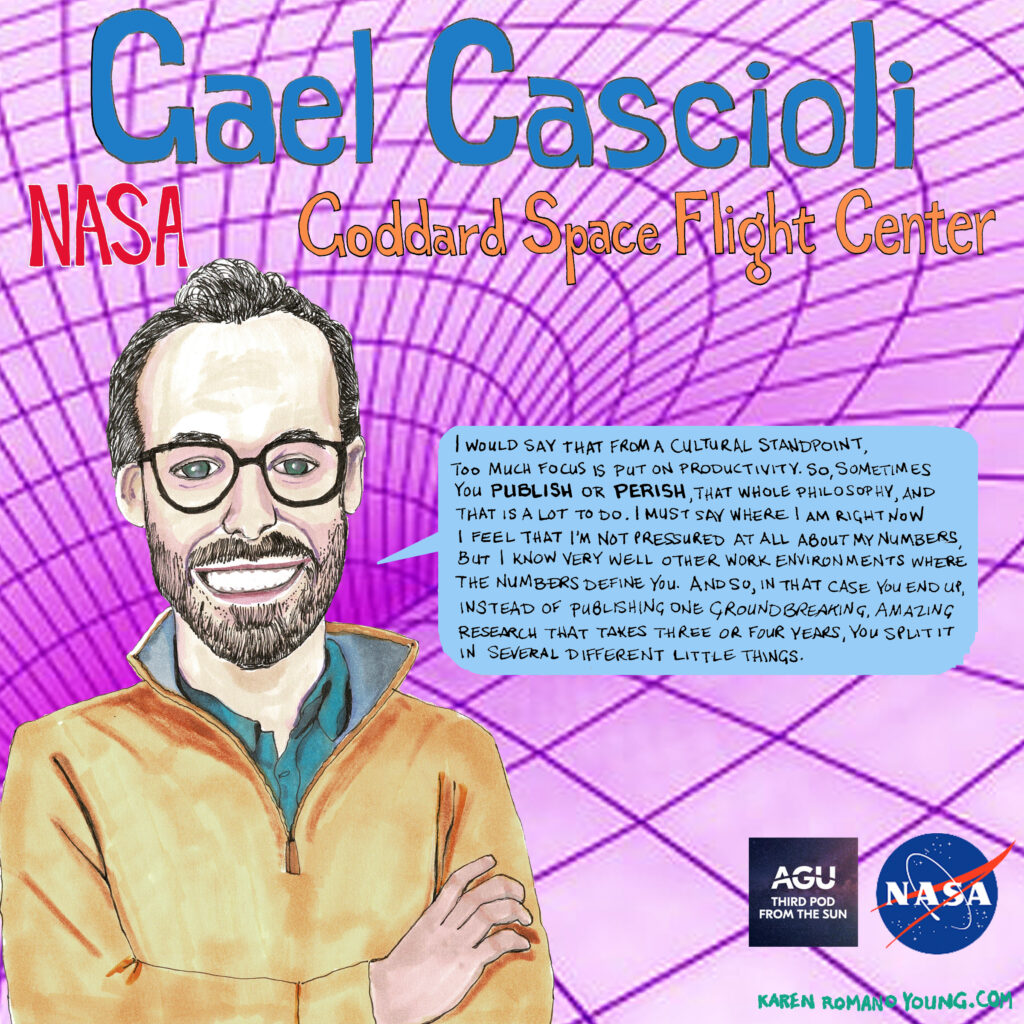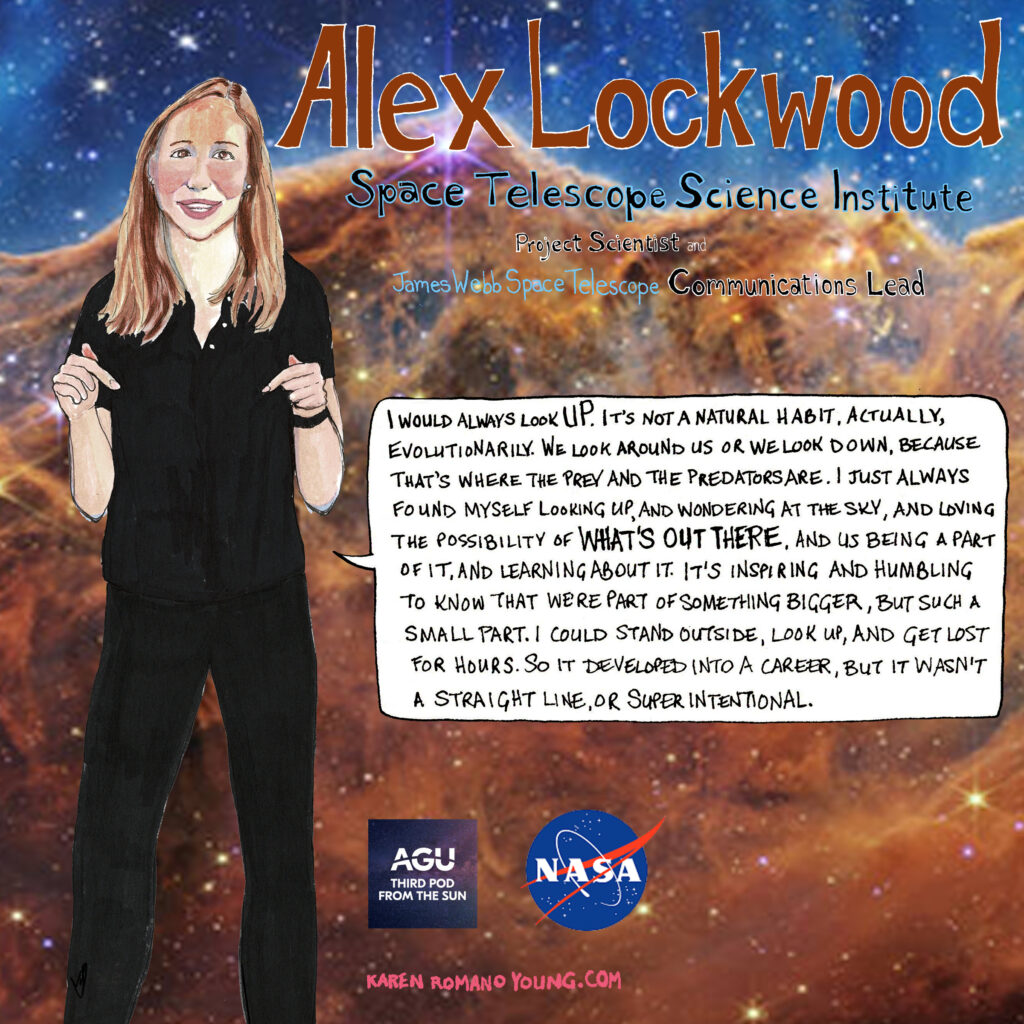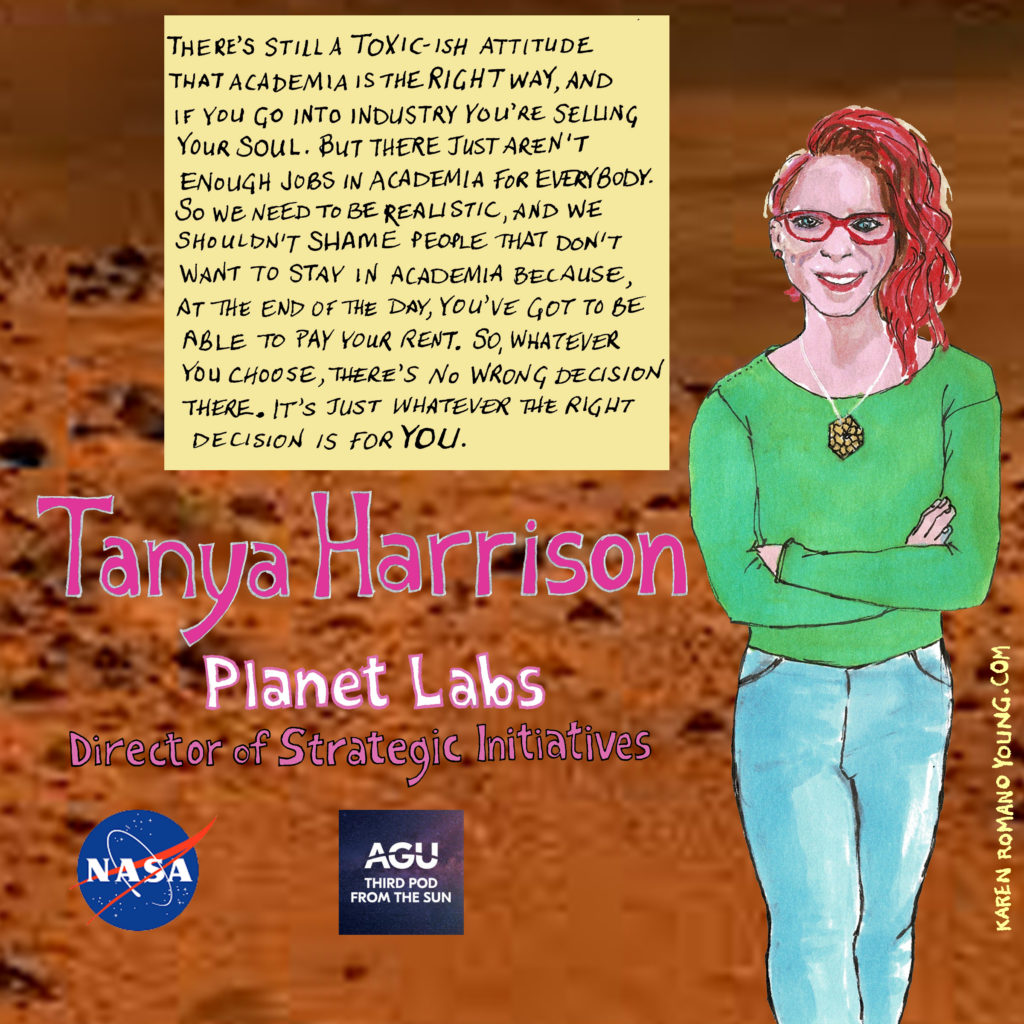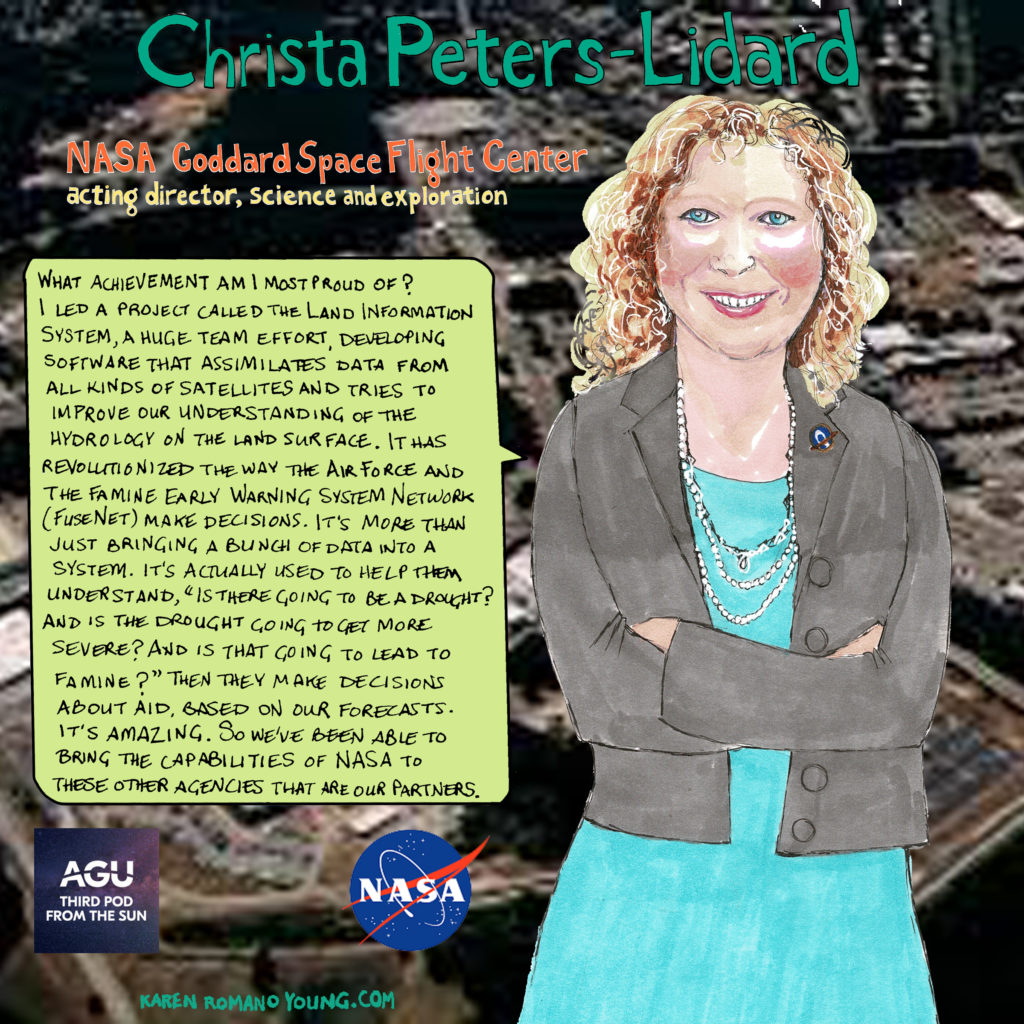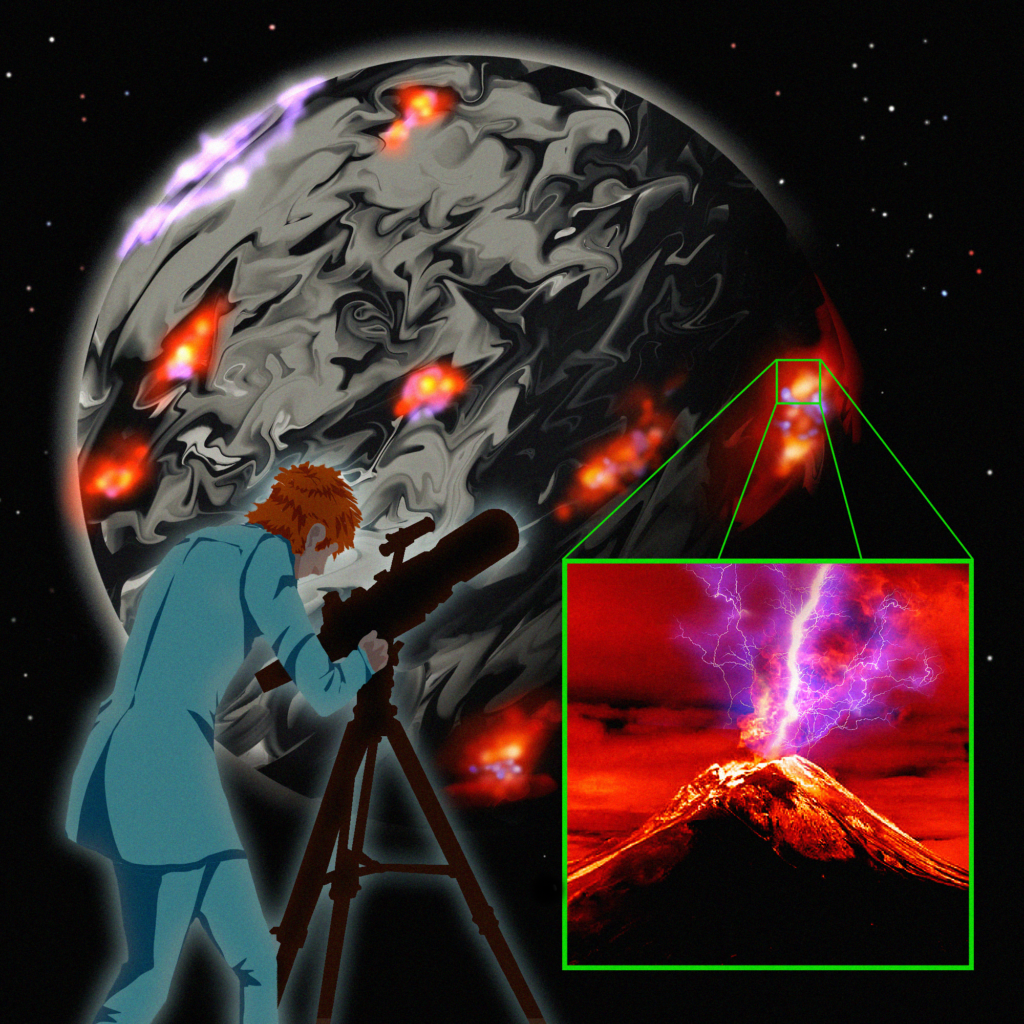Planets
Invisible forces: Gravity of the (Venus) situation
What goes up must come down, right? Well, what if things go up and come down slightly slower than you might expect? Are there balloons attached? Filled with helium?
Are you on Venus?
Read MoreOne giant leap: For James Webb and scientists on the silver screen
Dr. Alex Lockwood is the project scientist on the science communication team for the James Webb Space Telescope at the Space Telescope Science Institute. While earning her Ph.D. in Planetary Astronomy and Science, Alex had the unique opportunity to star in a movie about the challenges faced by grad students.
Read MoreYour favorites: A Martian on Earth
Tanya Harrison never thought she was going to be an astronaut. But she was determined to go to space. And she did just that – through satellites, first to Mars, and now looking back at our own third rock from the Sun as she uses satellites to map places near and far.
Read More36-Spaceship Earth: Overseeing space…& Earth
When Christa Peters-Lidard cold-called the head of NASA’s hydrology lab as an undergrad, she wasn’t thinking she’d eventually land that very position. Now as the Acting Director for Sciences and Exploration at NASA’s Goddard Space Flight Center, Christa oversees several critical programs – either orbiting, like the James Webb Telescope, or currently in development – by ensuring scientists have the resources they need for a successful mission.
Read More28-Fire: Does a planet need life for fire to burn?
Think about what types of things burn: wood, grasses, fossil fuels… mostly things that were formed by life. Fire also requires oxygen, which is largely produced by life. Did Earth have fire before life evolved? Could any other planets have fire? If there were an exoplanet with fires burning, would we have any way to detect that?
Read More
